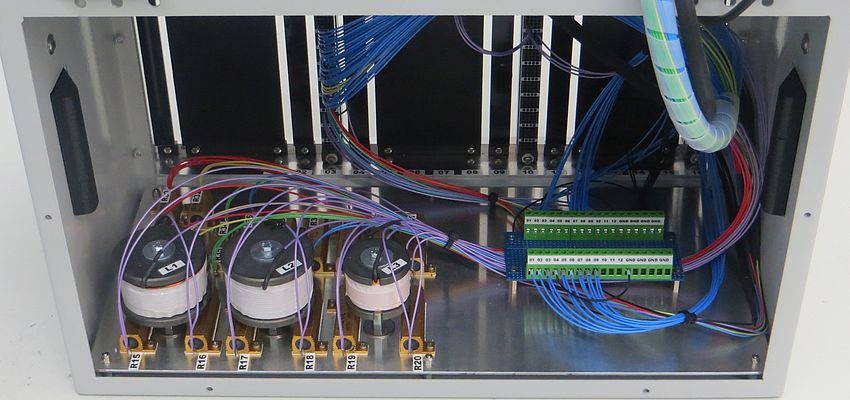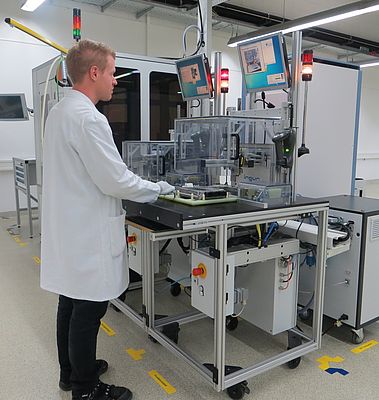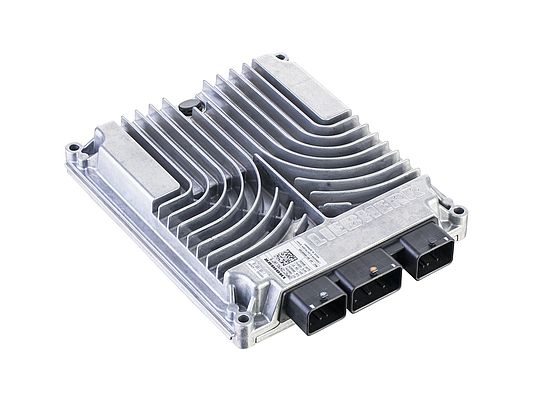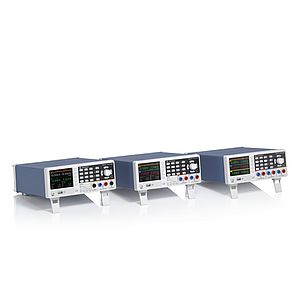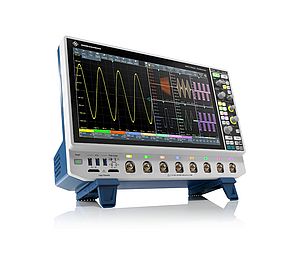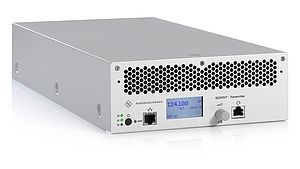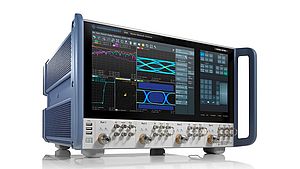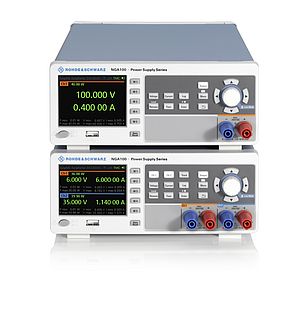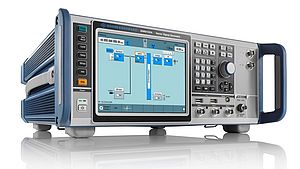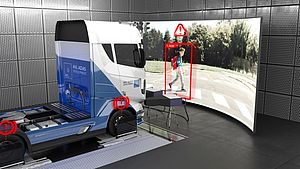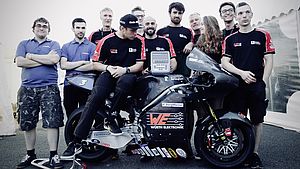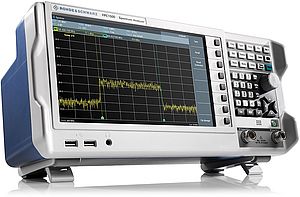Author: Winfried Schindler, Production Services Sales at Rohde & Schwarz Messgerätebau GmbH in Memmingen, Germany
At its manufacturing plant in Lindau, Germany, Liebherr-Elektronik GmbH develops and produces electronic components and systems for use in construction machinery and in the aerospace and transportation industries. The electronic components manufactured at the plant are mainly installed in Liebherr construction machinery but also sold to customers outside the Liebherr Group.
An additional production line for the manufacture of control units was recently set up at Liebherr-Elektronik GmbH in Lindau. It is designed for roughly 40,000 units per year. This production line is based on the poka-yoke principle to ensure error-free production right from the start. It features high test quality and a short cycle time and can be quickly converted to handle different products. Printed boards are installed in aluminum die-cast housings (IP6K9K) at this independent manufacturing cell (Fig. 1). This is followed by leak and functional tests. Operators manually move the control units from station to station within the cell on DUT holders.
Comprehensive functional test
The compact control unit features numerous interfaces for controlling actuators including CAN, Ethernet, analog and digital inputs/outputs, frequency inputs, resistor inputs and pulse duration modulation (PDM) outputs. The functional testing process activates and tests every feature of the device and also performs voltage, current, frequency and resistance measurements. The test system runs various individual tests simultaneously in order to reduce test times. Liebherr uses an R&S CompactTSVP for this purpose, which has been fully integrated into the manufacturing cell (Fig. 2).
"We were looking for a highly flexible and modular system for functional testing. In addition to digital tests, we wanted to use it for voltage and current feed measurements as well as resistance and other load tests," says Kris Metzger, test development engineer at Liebherr-Elektronik GmbH. "For us, it was important to stay within the four‑minute cycle time of our production line."
A load box is connected directly to the tester (Fig. 3) to provide real-world testing conditions. In addition to a coding circuit that ensures correct adapter identification, the load box contains various loads and other auxiliary circuits required for testing. It is linked to the DUT‑specific test adapter, which contacts the device under test. The adapter is fitted with a protective hard cover that must be closed prior to test initiation (Fig. 4) for operator safety. The adapter is installed on a trolley to enable quick conversion for testing other products. Replacing the entire unit is easy and fast.
At the test station, the operator reads the production order bar code with a hand scanner to call up the correct test program. The adapter contacts the DUT automatically as soon as the DUT holder is correctly adjusted and the operator closes the protective cover. The test starts on its own, and an automatic scanner reads the DUT serial number. Once the test is complete, the protective cover is opened and the DUT released. The functional tester controls the entire process, while an additional stored program control (SPC) handles the safety functions.
Same testers for development and production
Liebherr-Elektronik GmbH currently uses a total of three R&S CompactTSVP systems from Rohde & Schwarz in its manufacturing process, and they are configured almost identically. Of the three functional testers, one is in the manufacturing cell, one is used for test program development and one is set aside for special tasks outside the production environment. Liebherr's development departments in Lindau, Germany and Bulle, Switzerland have additional testers. They are used in a largely identical configuration for development, commissioning and verification testing. This makes it possible to employ individual development test sequences in production as well, and this saves time when it comes to creating test programs.
Liebherr-Elektronik GmbH put their first Rohde & Schwarz functional tester into operation in 2013. "There were many reasons why we decided to work with Rohde & Schwarz. The functionality and flexible extensibility of the R&S CompactTSVP were important points. The systems can be configured to meet any requirement. Their dynamic switching capabilities, for example, make assembling and wiring DUT‑specific load boxes very easy," adds Kris Metzger. Dirk Lunkewitz, Head of Production Services at the Rohde & Schwarz plant in Memmingen explains, "The R&S CompactTSVP is a highly open and flexible platform and is capable of more than various configurations for different tasks. It can be adapted any time requirements change. That is what made it the ideal solution for Liebherr."
Liebherr now uses the tester to test several different control units, and test programs for two additional products are currently under development. The R&S CompactTSVP is used primarily for complex tasks. An additional production line with a higher degree of automation is currently planned, as the current line is expected to reach its capacity limit in the near future.


